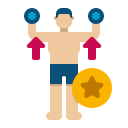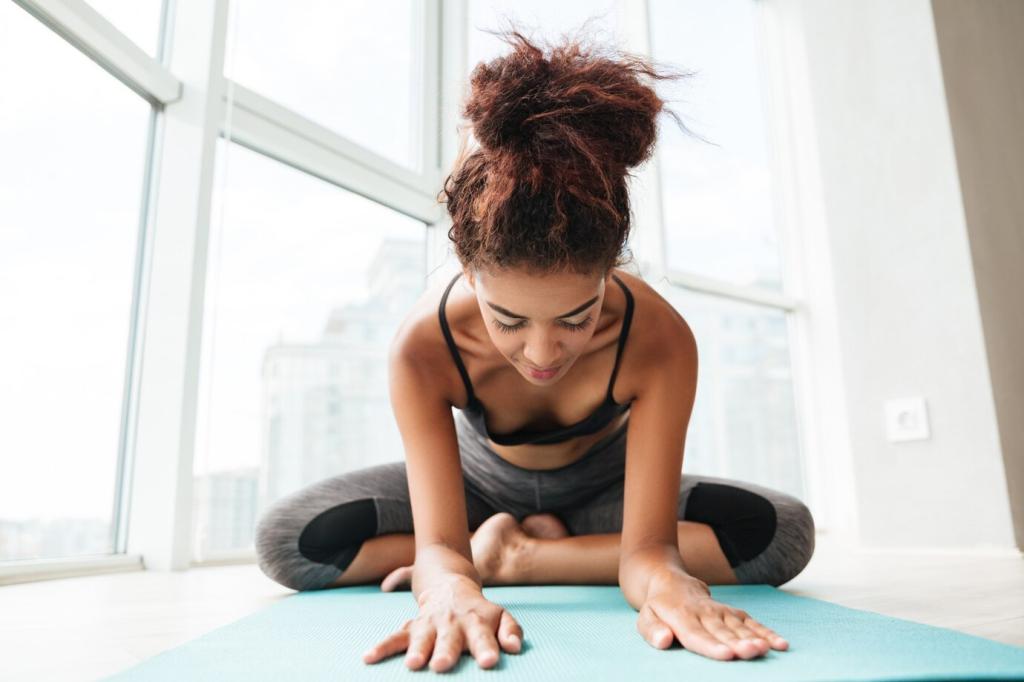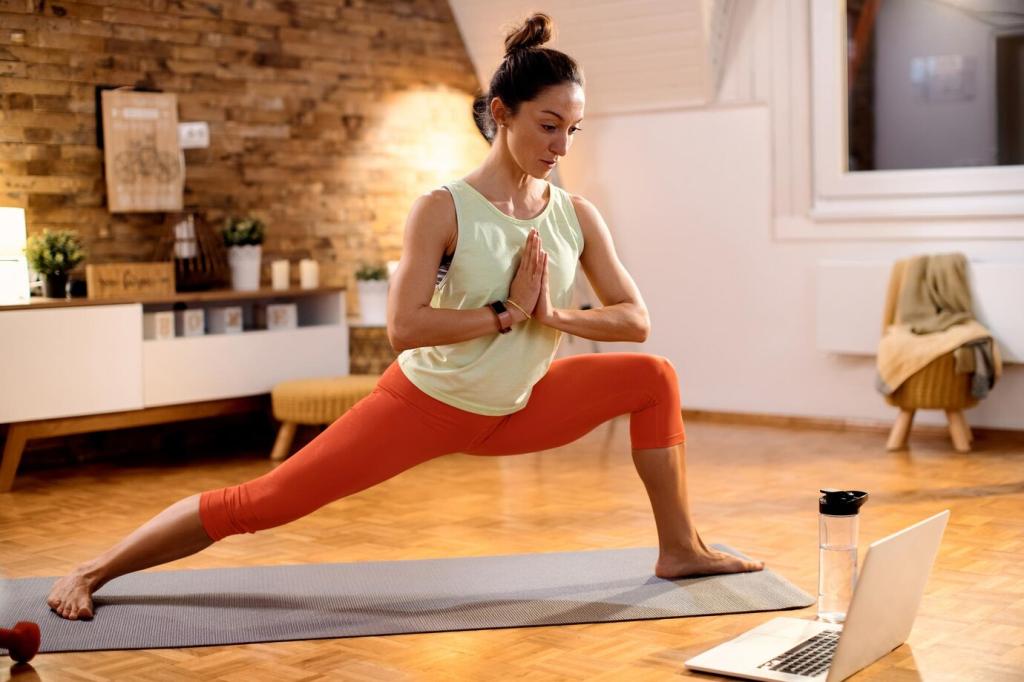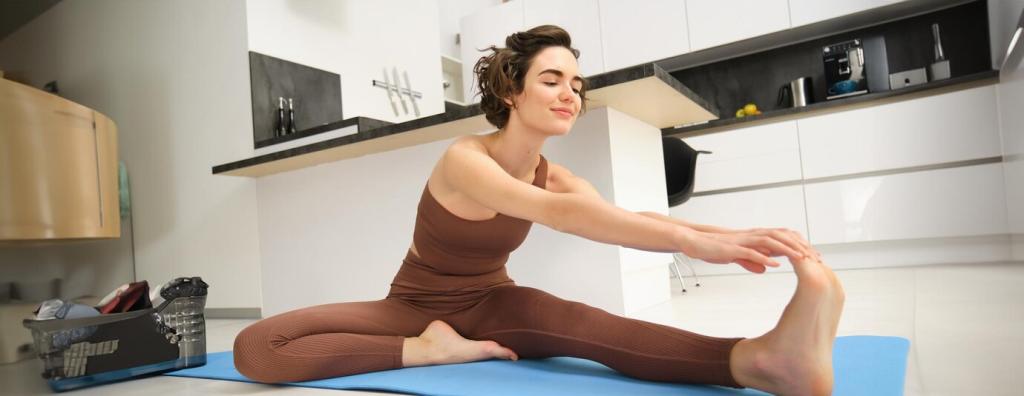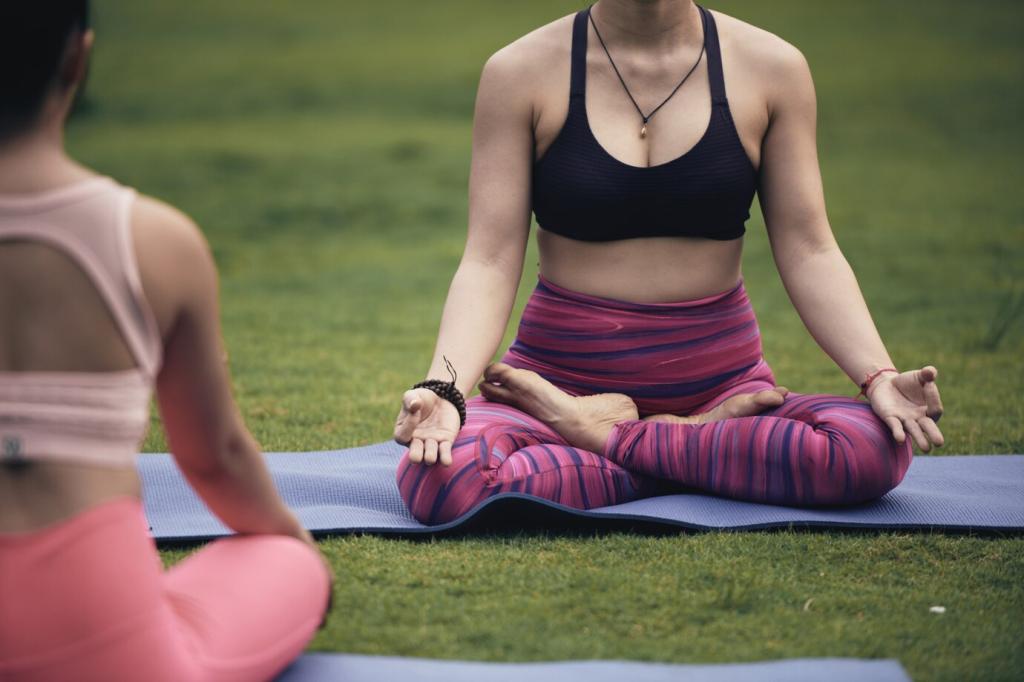A Balanced Sequence You Can Try Today
Begin with cat–cow, spinal waves, and gentle thoracic rotations. Add ankle circles, wrist prep, and marching bridges to wake the posterior chain. Keep movements small, rhythmic, and curious. Aim for five minutes that feel like oiling hinges rather than forcing stretch. How does your body respond?
A Balanced Sequence You Can Try Today
Flow between Warrior III and a supported standing split, keeping hips level on the way out and lightly opening on the way back. Maintain tripod hands or blocks for feedback, and emphasize slow, controlled lowering of the lifted leg. Try six mindful reps each side. Report what challenged you most.
